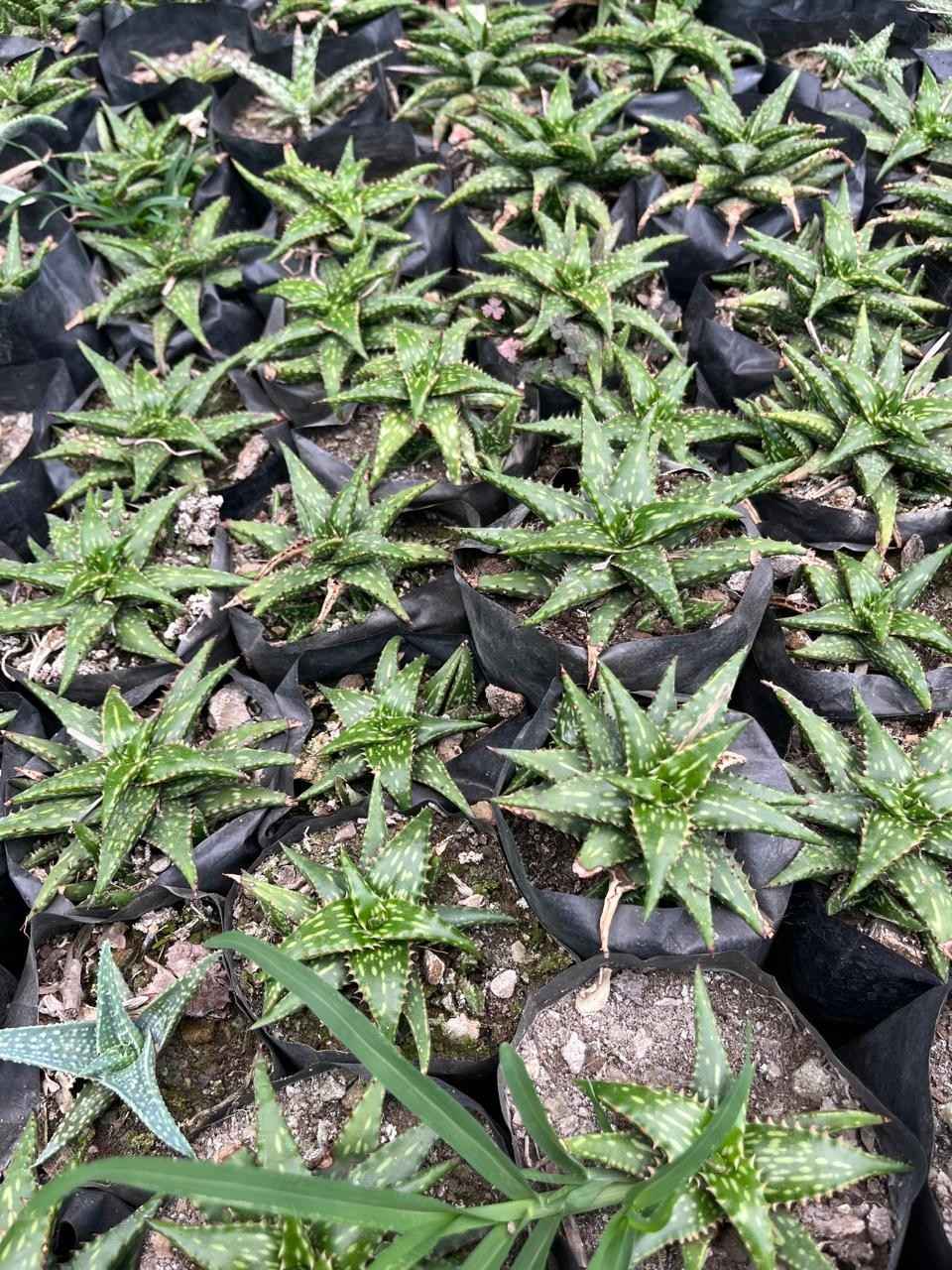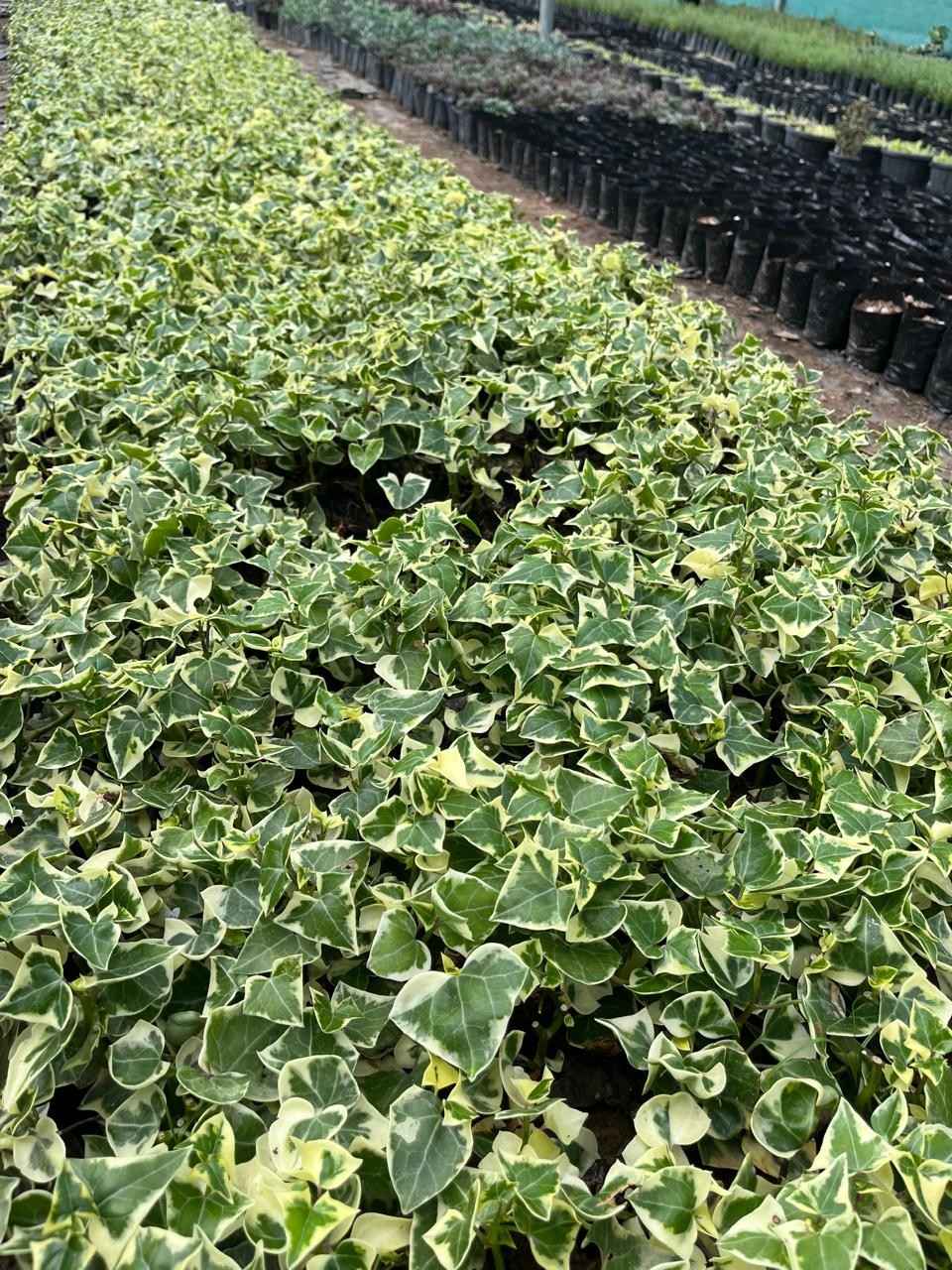Burro’s tail
Original price was: ₹139.₹48Current price is: ₹48.
... people are viewing this right now
Description
- Dispatch in 2-3 days
- Country of origin: India
- It’s Compulsory to make an unboxing video of the parcel for refunds within 24 hours.
- Bare Rooted
Burro’s Tail (Sedum morganianum) is another fascinating succulent known for its trailing, pendulous growth. Here’s a quick overview:
- Appearance: Burro’s Tail features long, cascading stems covered with small, plump, green to blue-green leaves that resemble a donkey’s tail. The leaves often have a slightly waxy texture.
- Growth: It grows slowly and can reach lengths of up to 1 meter (3 feet) or more, making it a popular choice for hanging baskets or containers where its trailing nature can be displayed.
- Flowers: In the summer, Burro’s Tail produces small, star-shaped pink to red flowers that appear in clusters at the tips of its stems. While the flowers are not particularly large, they add a nice touch of color.
- Care: This succulent prefers bright, indirect light. Direct sunlight can cause the leaves to scorch. It requires well-draining soil and infrequent watering. Allow the soil to dry out completely between waterings to prevent root rot.
- Propagation: Burro’s Tail is often propagated through leaf or stem cuttings. Simply take a healthy cutting, let it callous over for a few days, and then place it in well-draining soil.




















Reviews
There are no reviews yet.